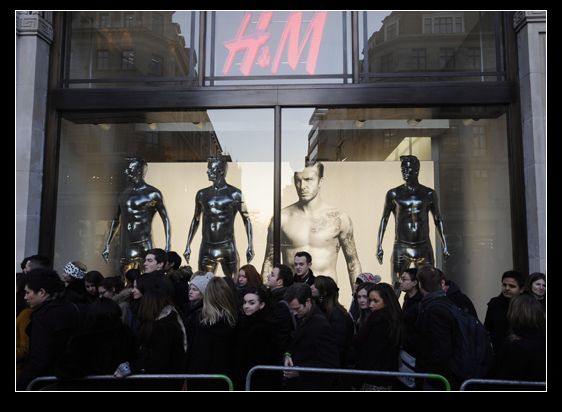The pictures shown above are about Ozwald Boateng latest collection Autumn/ Winter 2012/2013. The presentation was hold in store, flagship store in 30 savile row, with "African Beyonce"musician. creating an aesthetic atmosphere combined with eastern and western culture. When British hunting attire meets Japanese Wafuku, reflecting on all the Oriental models, the media clippings for this show is inspiring as well. I assisted my manager and press officer to finish this show, and I have to say the outcome is great.
I checked all the media clippings for our show, most of them are from bloggers. Now, except facebook and twitter, blog could be the new star of social media tools. Based on Fashion Marketing, blogs have become a popular method of communicating with others, both nationally and internationally. Nowadays more than 80 million active blogs are posted on the internet worldwide. Successful blogs meaning blogs that people read, response to and learn from-are those that have the reader in mind.
Today after searching all the information online for the presentation I realise how powerful the fashion blogs are. According to Marianne C. Bickle, the author of Fashion Marketing, blogs are becoming increasingly popular in fashion world. They act as another aspect of fashion marketing and PR efforts. Moreover, some famous fashion bloggers can exert a great influence on readers, such as Susanna Lau, who has thousands of readers who read her blog regularly.
Therefore, I am also thinking our PR student blogs could be effective to some point. Even though it is coursework, we are able to get to know this media platform and make full use of it when we graduate. Still a good chance to learn.
Reference:
Internal material, Ozwald Boateng, 2012
Susanna Lau, http://stylebubble.typepad.com/












